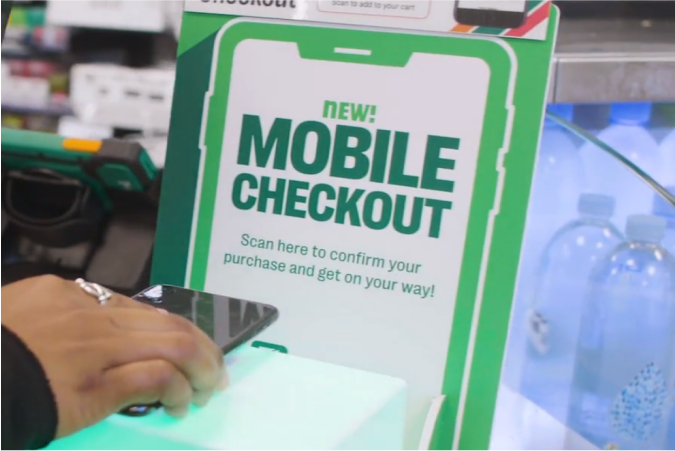Top 5 2024 payment & commerce trends
In 2023, the global economy was flashing red in key markets as high inflation and interest rates persisted. But that hasn’t disrupted the transformation we are seeing in commerce and payments.
That transformation was catalyzed by the introduction of generative AI, a technology with significant implications for the global economy. With AI and several other major trends years in the making, global commerce is poised for massive innovation and creativity across every stage of the consumer’s buying journey. And it’s none too soon. Consumer expectations are changing. The bar is higher. People want seamless buying experiences. And consumers want protection from increasingly sophisticated fraudsters.
How do you meet expectations and balance priorities in the year ahead? Our 2024 Commerce and Payment Trends Report highlights five top trends that every leader needs to understand and appreciate to propel business growth.
For this report, we held in-depth discussions with innovation leaders, technologists and industry experts from leading financial institutions, businesses and payment networks. We also surveyed 541 global professionals immersed in advancing commerce. What they shared with us suggests that whatever direction the global economy may take, businesses of all sizes are taking the initiative to remove friction from the payment process, deploy the latest technologies to reduce fraud, and deepen their relationship with consumers with each transaction. This report highlights insights from payment experts across the globe—Europe, North America and Asia Pacific—who are tracking the latest innovations and trends in payments and commerce.
As technology evolves, we see even more advanced solutions for fighting fraud, including tools that use multiple data streams to identify and prevent fraud.
Behavioral biometrics: AWS is working to detect fraud by pioneering new authentication methods. For example, technology will be able to track individual behaviors such as the ways users hold their phone as they complete a transaction to ensure bots aren’t making payments.
“It’s a really interesting fraud prevention technique,” says AWS’ Smith. “It’s not like the traditional, multifactor authentication of a fingerprint, facial scan, or a one-time passcode. It adds friction to a potential attack.”
SPOTLIGHT
No lines, no waiting with autonomous checkout
At the American Express Shop at Barclays Center in Brooklyn, shoppers can walk in, scan their Amex card, help themselves to the merchandise and food and beverages they want, and then their cards are automatically billed for the items they take. The average basket size is approximately 5% larger, the conversion rate is 80%, and the average amount of time spent shopping is six to seven times less than at traditional concession stands. Meanwhile, Amex shoppers are rewarded for using their card in a way that they value most: No lines, no waiting and no missing the action.48

Added convenience—through autonomous checkout
7-Eleven has rolled out largely automated convenience stores in Taiwan using a combination of Internet of Things, smart shelves with AI technologies such as weight sensors, infrared-light curtains and ID confirmation. These tools capture how a consumer moves through the store, puts items in a cart and walks out while the transaction happens in the background.49 Other convenience stores, including Tesco, Circle K and Hudson are experimenting as well with autonomous checkout stores.

















































